By Melissa Hincha-Ownby, API Resource Leader of Arizona, API’s Technology Coodinator, and API’s Forum Administrator
**Originally published in the Spring 2008 New Baby issue of The Journal of API
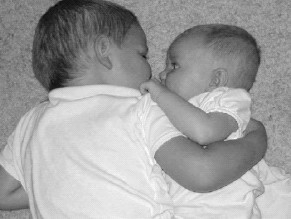
One of the most common questions that parents ask themselves when they are considering expanding their family is, “What is the ideal spacing between children?” There is no right answer to this question, as what is ideal to one family may make no sense to another.
The answer for our family was two years. My sister and I are three and a half years apart, and while we are the best of friends now, the age difference left us both alone in high school. Based on my personal experience with my sister, I knew that I didn’t want my children quite so far apart.
Although two years was on the maximum end of what my husband and I were hoping for, fate stepped in and had other ideas. Ultimately, my daughter was born when my son was two years and three months old. In hindsight, the 27-month difference has turned out to be great. However, in the early years, at times, things were definitely tough. Continue reading Sibling Spacing: Two Years Apart and Getting Easier with Age
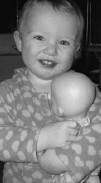
 According to an article on the United Arab Emirates’ TheNational.ae, “More than Sadness,” the rate of children with depression in the UAE is on the rise.
According to an article on the United Arab Emirates’ TheNational.ae, “More than Sadness,” the rate of children with depression in the UAE is on the rise. An article on the United Kingdom’s TimesOnline.com, “Tackle Child Obesity: Teach Mums to Eat,” explains how the solution to rising childhood obesity is in teaching parents that their eating behavior is how children themselves learn to eat.
An article on the United Kingdom’s TimesOnline.com, “Tackle Child Obesity: Teach Mums to Eat,” explains how the solution to rising childhood obesity is in teaching parents that their eating behavior is how children themselves learn to eat.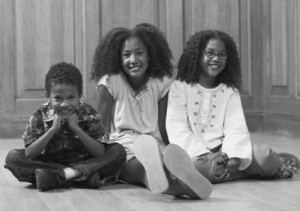 One year, two years, five years, ten years – just what is the ideal spacing between siblings?
One year, two years, five years, ten years – just what is the ideal spacing between siblings?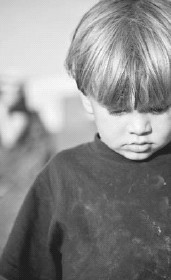 The typical scenario of a young married couple adopting an infant from birth has changed dramatically and has been redefined. Historically, a traditional adoption was defined as a healthy infant placed with an infertile, middle-class white couple.
The typical scenario of a young married couple adopting an infant from birth has changed dramatically and has been redefined. Historically, a traditional adoption was defined as a healthy infant placed with an infertile, middle-class white couple. I don’t know why, as adults, we think we know everything. Maybe we just automatically subscribe to the theory that as we get older, we get wiser. What I think actually happens is we become more jaded, and we mistake that for knowledge. I think we all agree that age does not teach us. Experience does. That’s why some of my most powerful learning experiences have come from folks far younger than me – but wise beyond their years.
I don’t know why, as adults, we think we know everything. Maybe we just automatically subscribe to the theory that as we get older, we get wiser. What I think actually happens is we become more jaded, and we mistake that for knowledge. I think we all agree that age does not teach us. Experience does. That’s why some of my most powerful learning experiences have come from folks far younger than me – but wise beyond their years.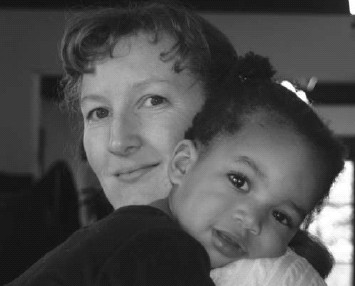
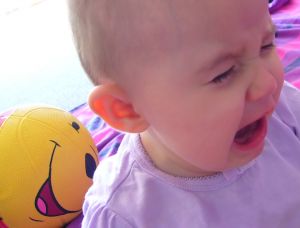 An article on France’s InfosJuenes.com, “Risk of Maternal Depression on the Infant,” reveals research that shows the negative effects of depression in mothers on their babies.
An article on France’s InfosJuenes.com, “Risk of Maternal Depression on the Infant,” reveals research that shows the negative effects of depression in mothers on their babies.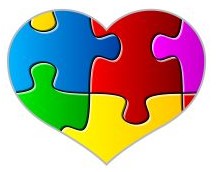 The Sturgis (Mich.) Journal has published an article, “Ideology Gives Way to Nurturing for Adoptive Parents,” on November 26, 2008, that features a couple who have fully embraced Attachment Parenting during their last 36 years of foster parenting.
The Sturgis (Mich.) Journal has published an article, “Ideology Gives Way to Nurturing for Adoptive Parents,” on November 26, 2008, that features a couple who have fully embraced Attachment Parenting during their last 36 years of foster parenting.